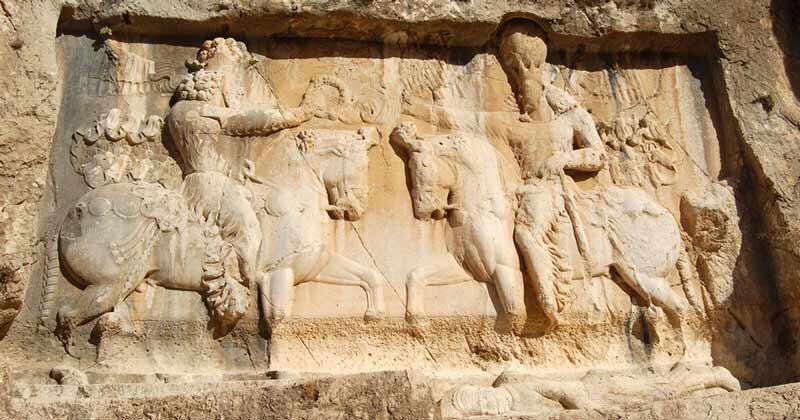New goal for Tang-e Chogan: tourist-friendly image

TEHRAN— In Tang-e Chogan, a majestic treasure of Sassanid arts, a new project has been launched to make the southern Iranian site more tourist-friendly.
The project is aimed at developing an appropriate access road, a prayer hall, landscaping, electricity and water supply, electrical installations, lighting, sanitary facilities, and a parking lot, Fars province’s tourism chief said on Sunday.
Tang-e Chogan was once a royal site of the traditional polo game dedicated to Sasanian kings and courtiers. It is home to six reliefs related to Shapur I and Bahram I and II. There is also a large statue of Shapur I, which is six meters high, located in the Shapur Cave, at a height of about 700 meters from the river bed.
Moreover, the site embraces larger and more crowded reliefs than any other Sassanid era reliefs, with three of them being more than 30 square meters in size and a body of more than 30 persons in each relief.
The first relief, which is larger and more crowded than any other one, is a scene celebrating Shapur I’s victory over the Roman Empire. Shapur I can be seen in the center of the relief riding on a horse and Gordianus’s corpse is under the feet of Shapur’s horse, Valerian’s hands are held captive in Shapur’s hand and Philip kneels in front of Shapoor’s horse and demands peace. The Persian military and officers are also behind Shapur in five rows of horses and the Roman officers and noblemen are seen in 5 rows carrying gifts and offerings in front of King Shapur I.
The second relief represents the victory of King Bahram II over the Arabs. On the left is Bahram on horseback, and the Arabs are led by Iranian commanders to offer the king horses and camels.
The third one shows the ceremony of the Bahram I receiveing a royal ring from Ahura Mazda. The engraving of this amazing relief is very artistic and even the wrinkles and the details of the clothes and so on are all beautifully illustrated. Everything in this relief fits in amazingly well. Even the physical details of the horse and the veins on the horse’s legs have been shown.
The fourth depicts the scene of the victory of Bahram II over the rebels, in which the king sits on the throne in the center while on his right side stand the Iranian commanders and soldiers with respect and the rebels and captivates on the left. They are brought by the Iranian soldiers to the presence of the king.
The fifth relief located on the right side of the gorge is the most intact and complete relief among the others. It is about Shapur’s victory over the Roman Empire.
The sixth relief depicts the ceremony of Shapur I receiving a royal ring from Ahura Mazda, as well as his victory in the war against the Romans. In this relief, both King and Ahura Mazda (the creator and highest deity of Zoroastrianism) are shown riding on horses and facing each other.
AM
